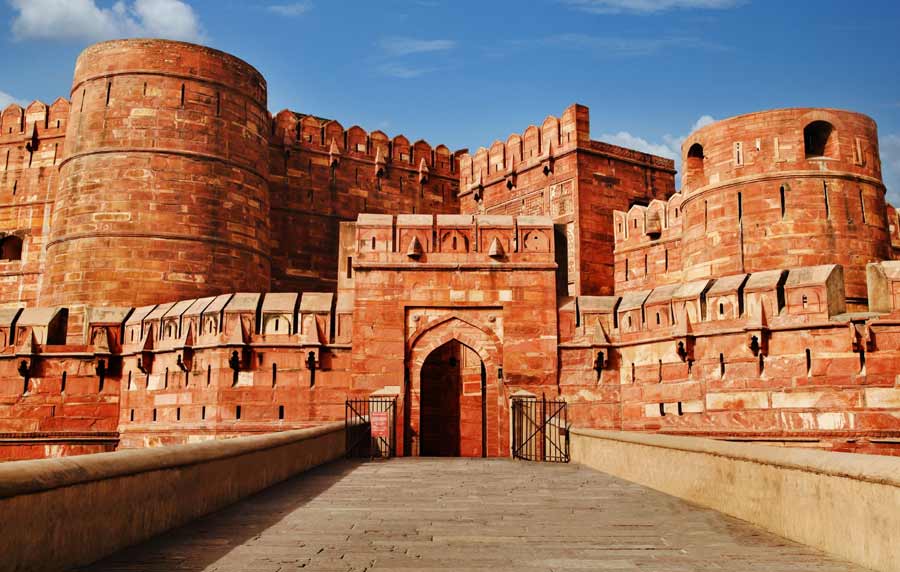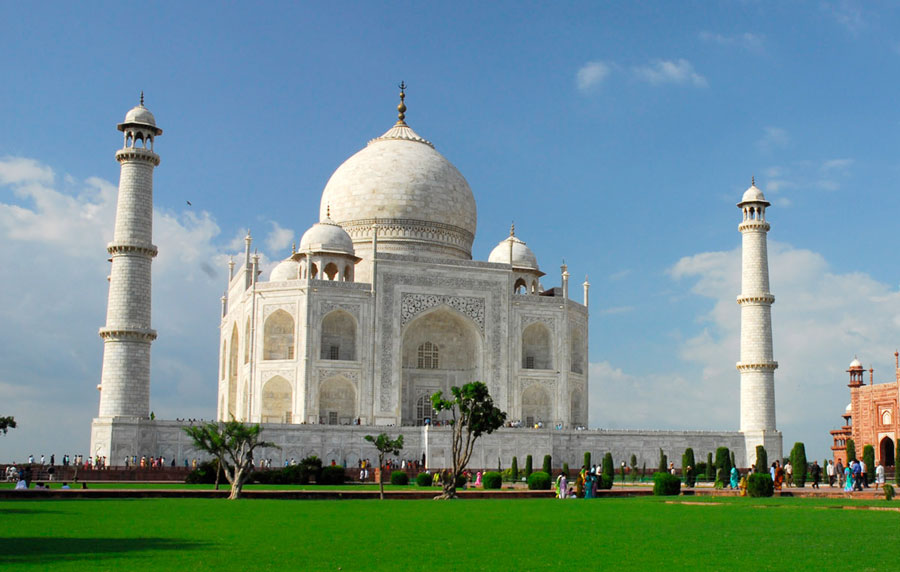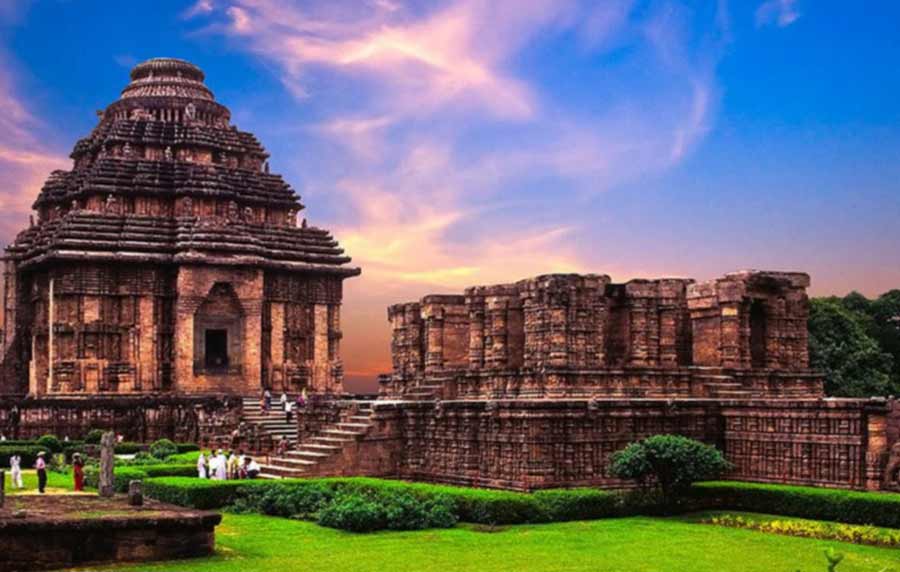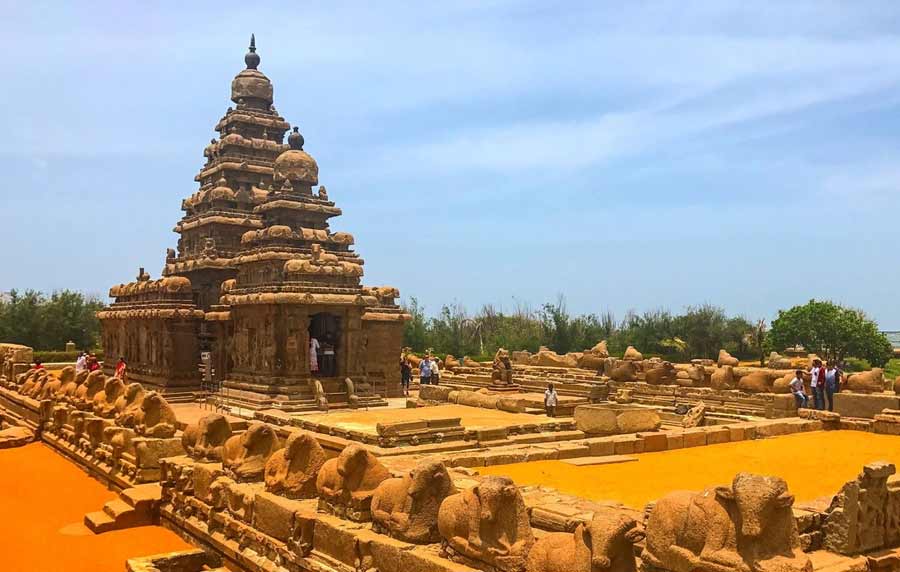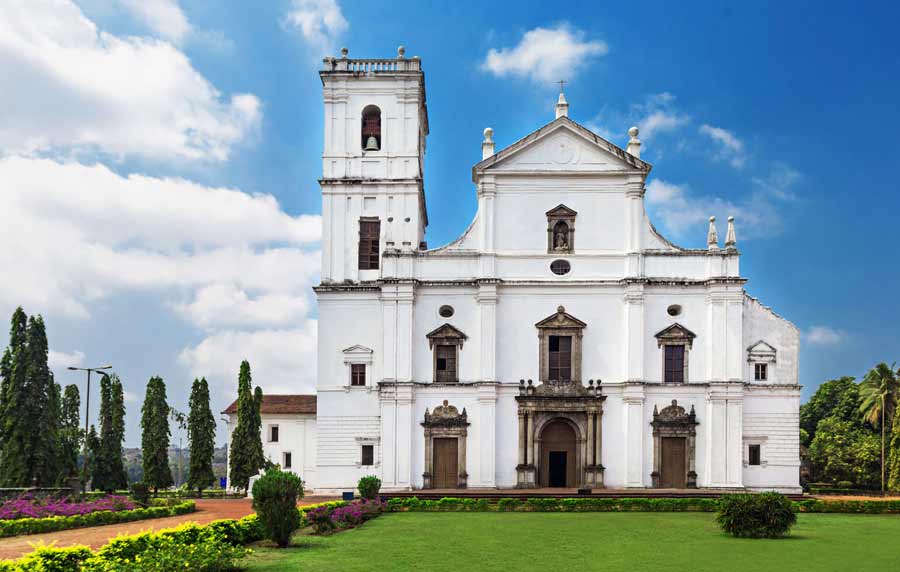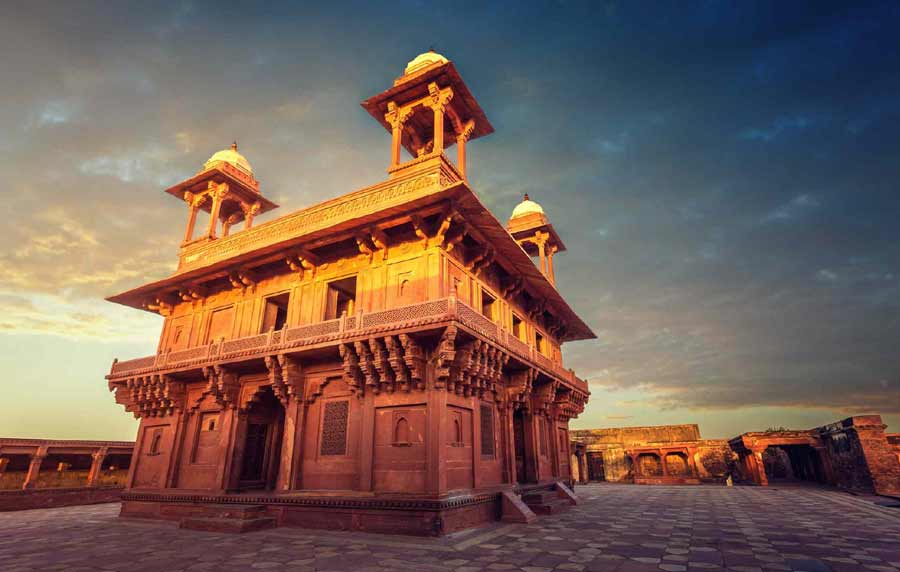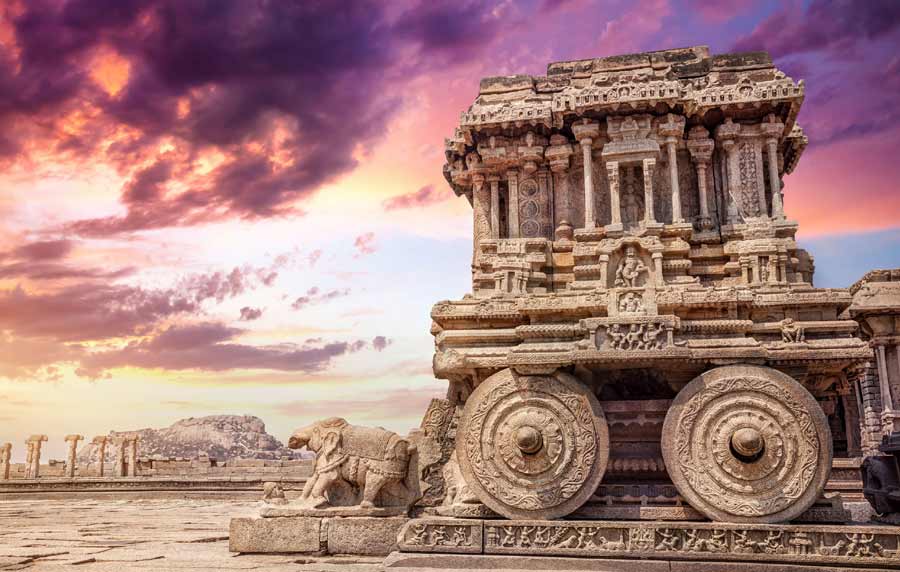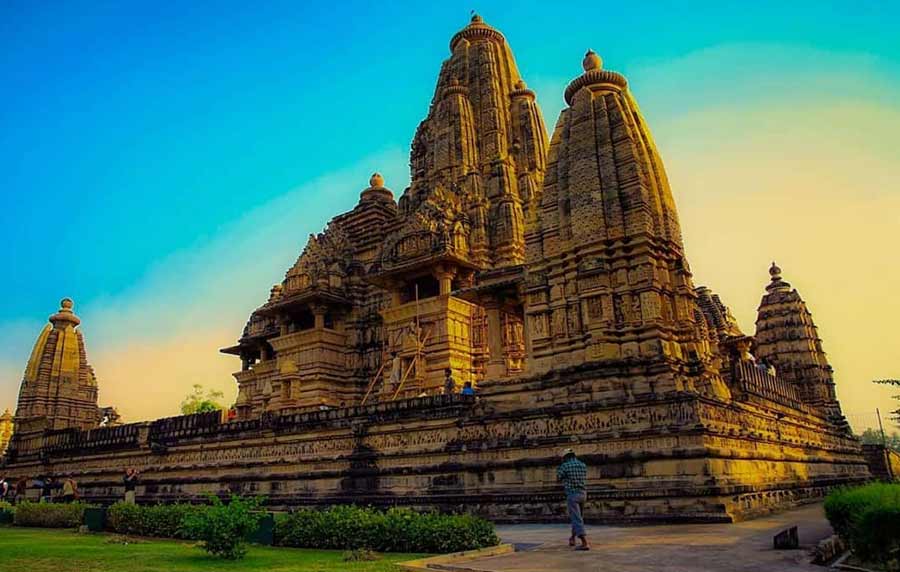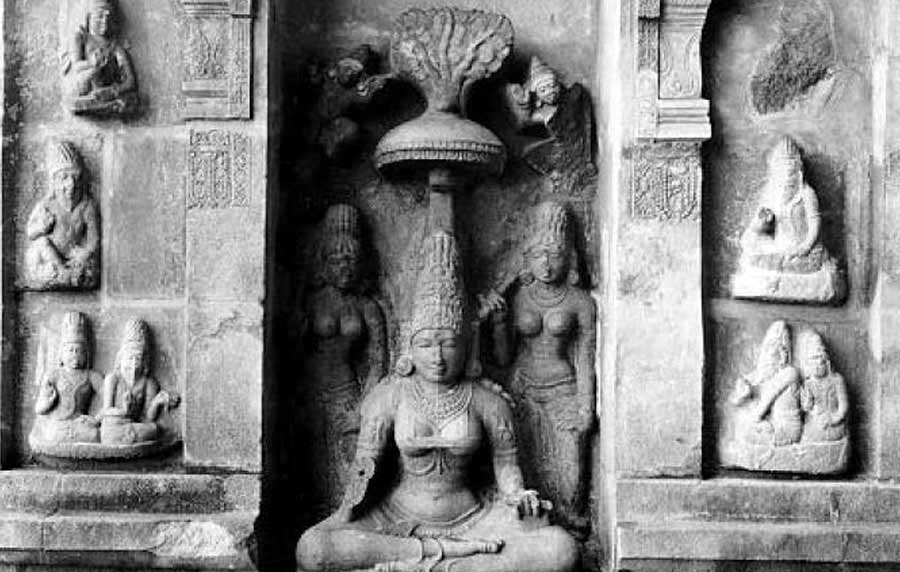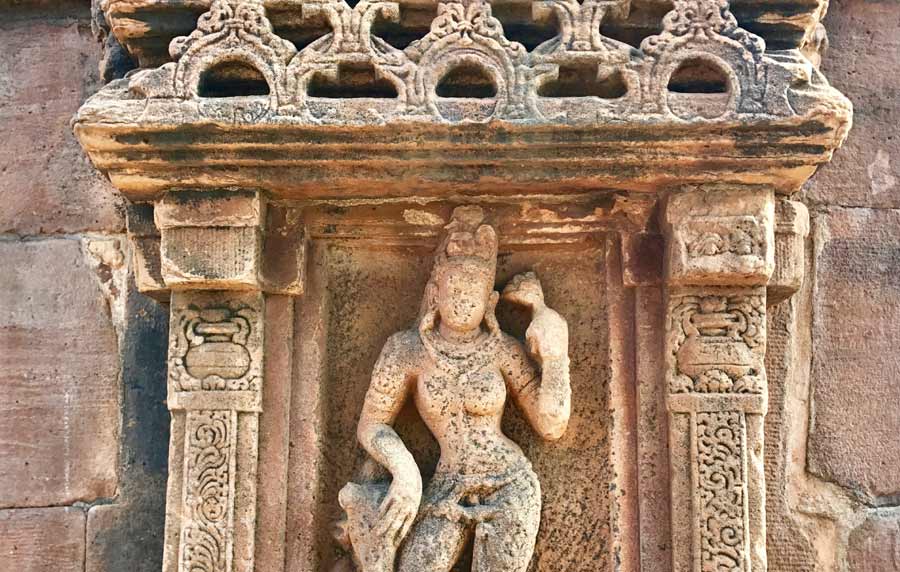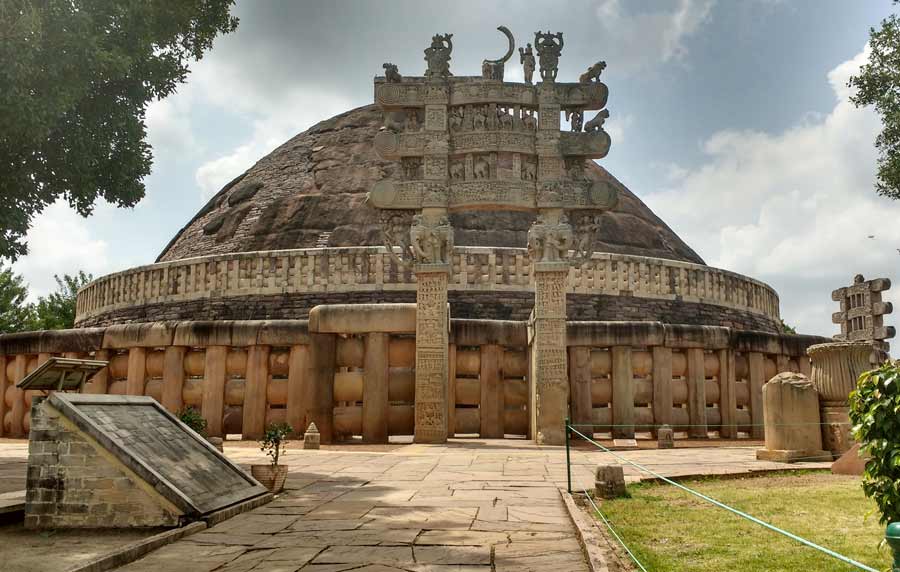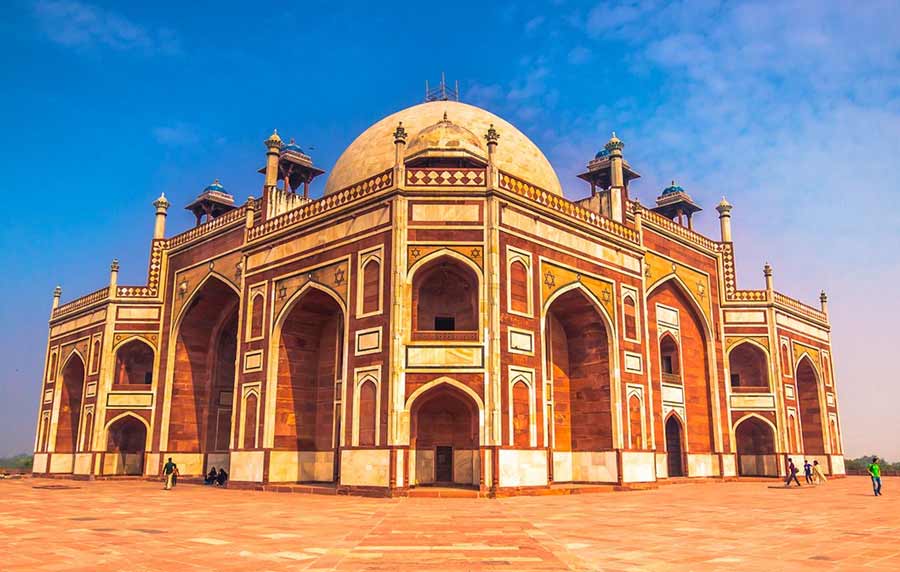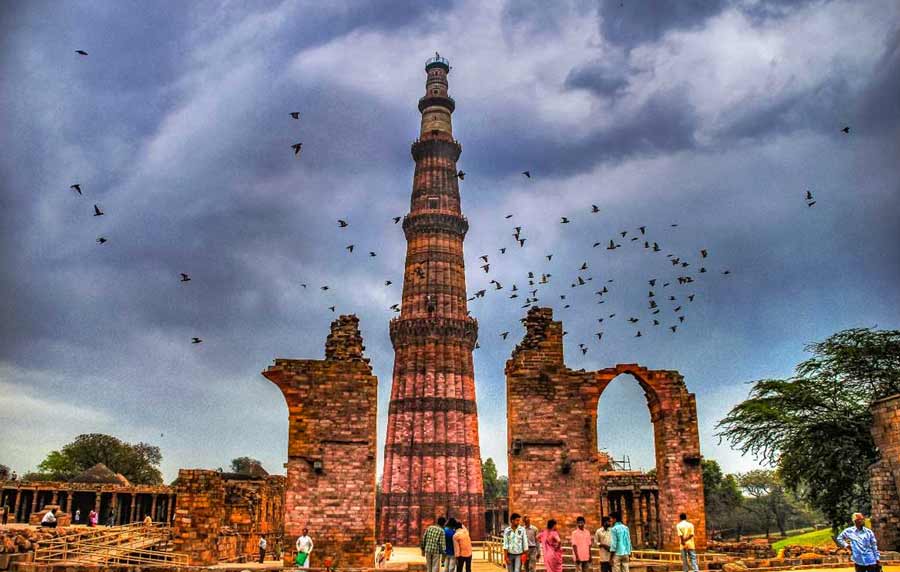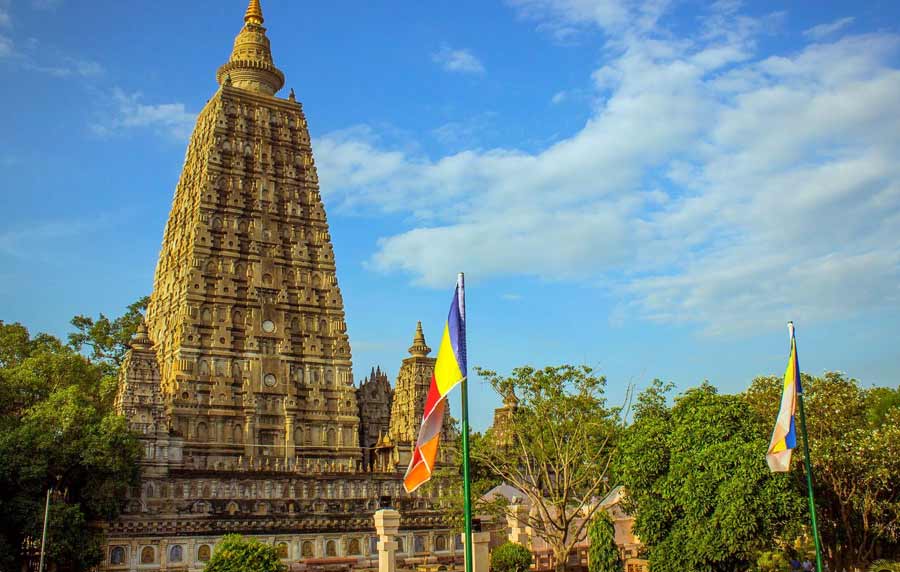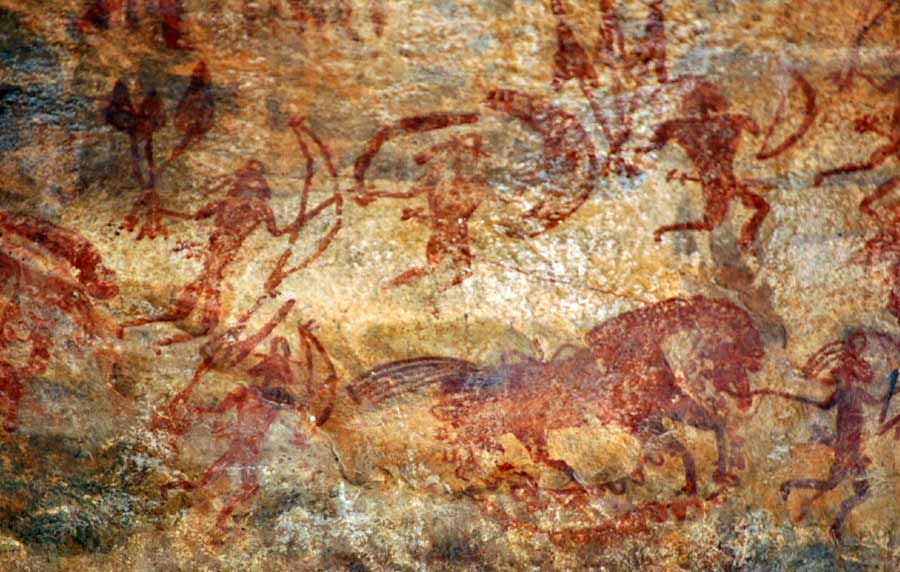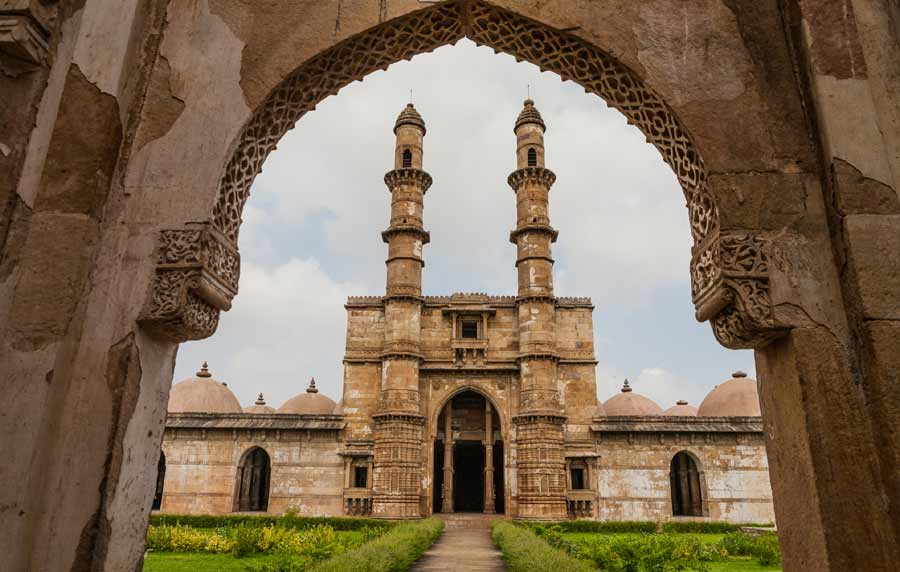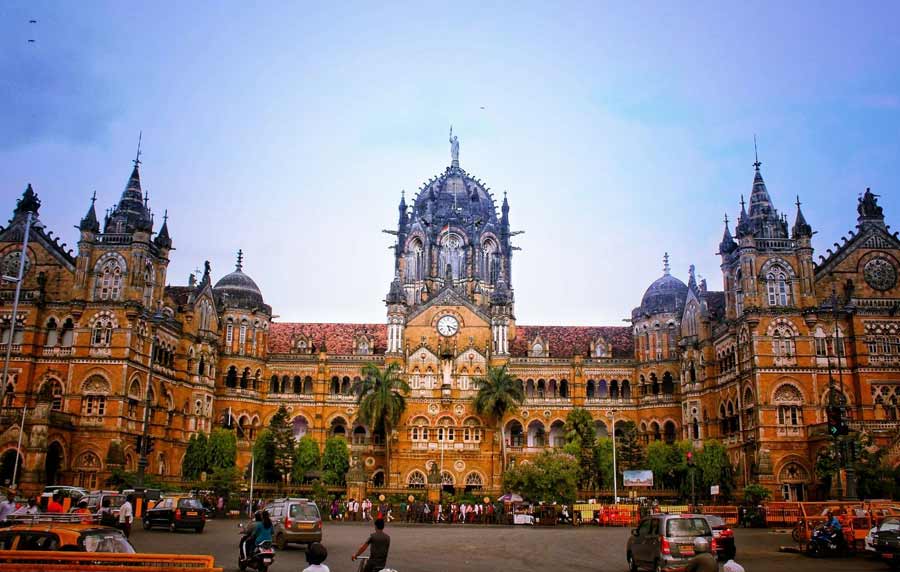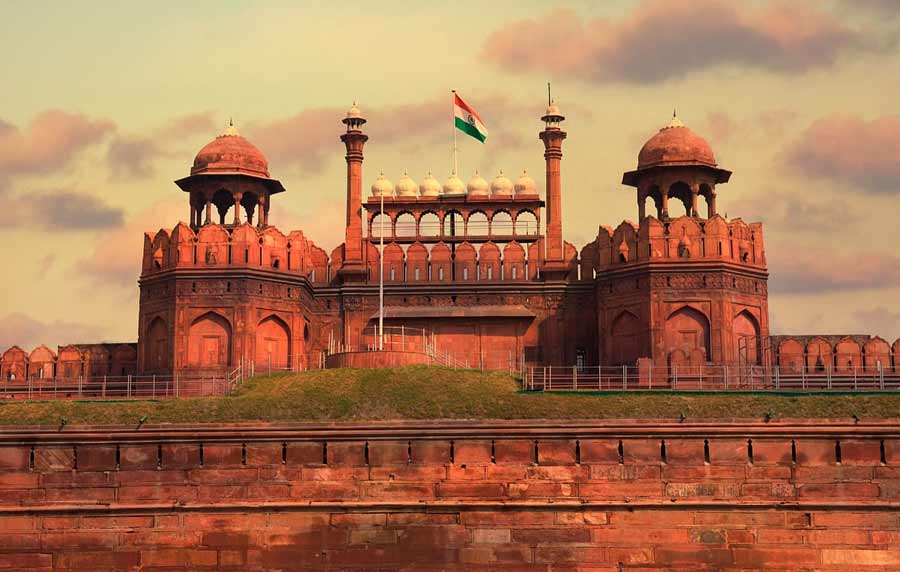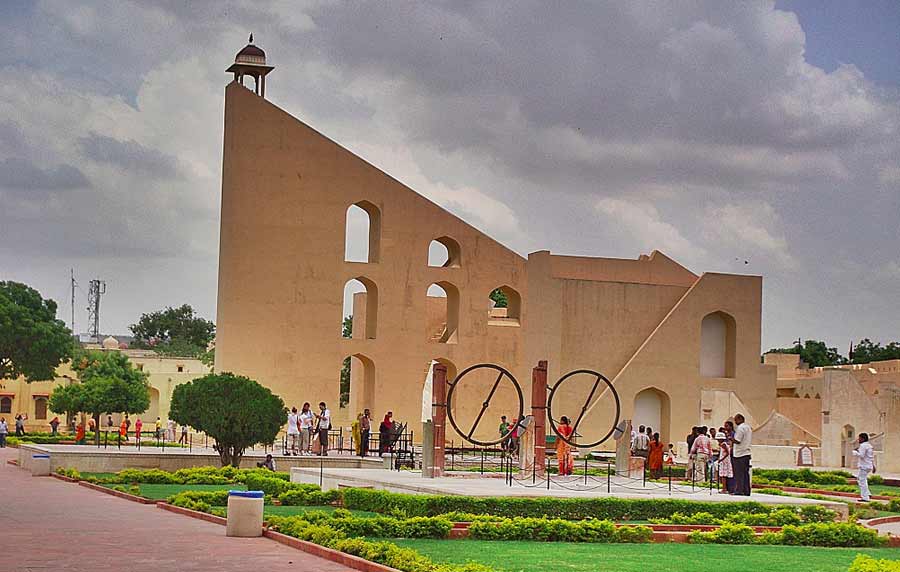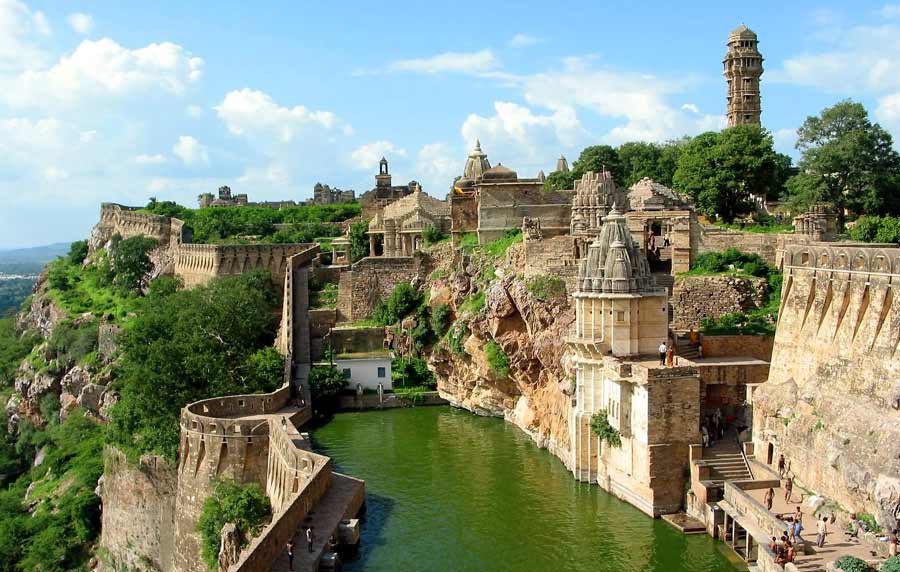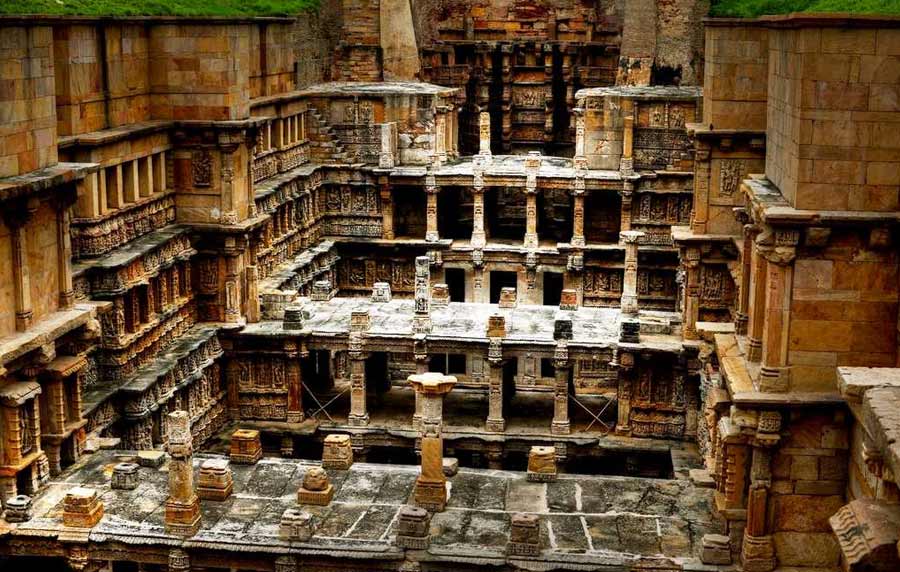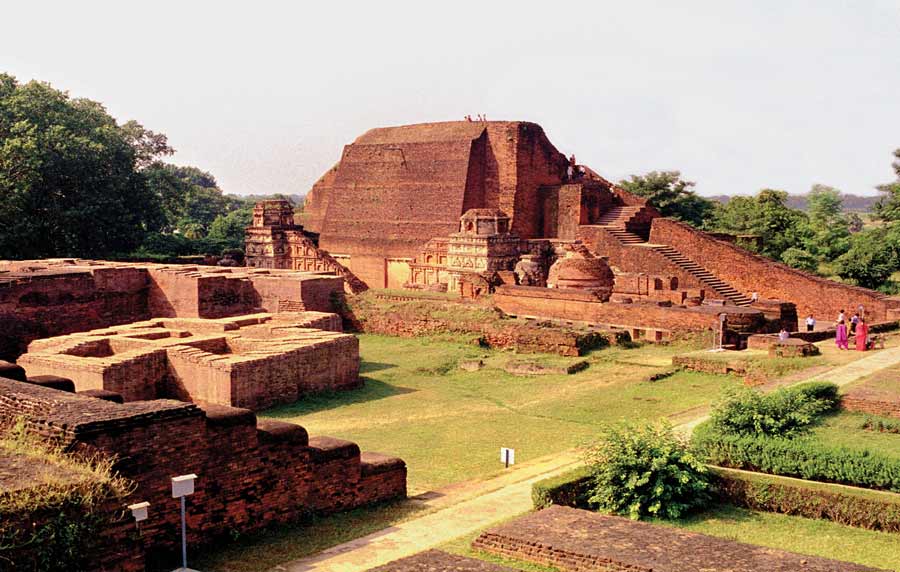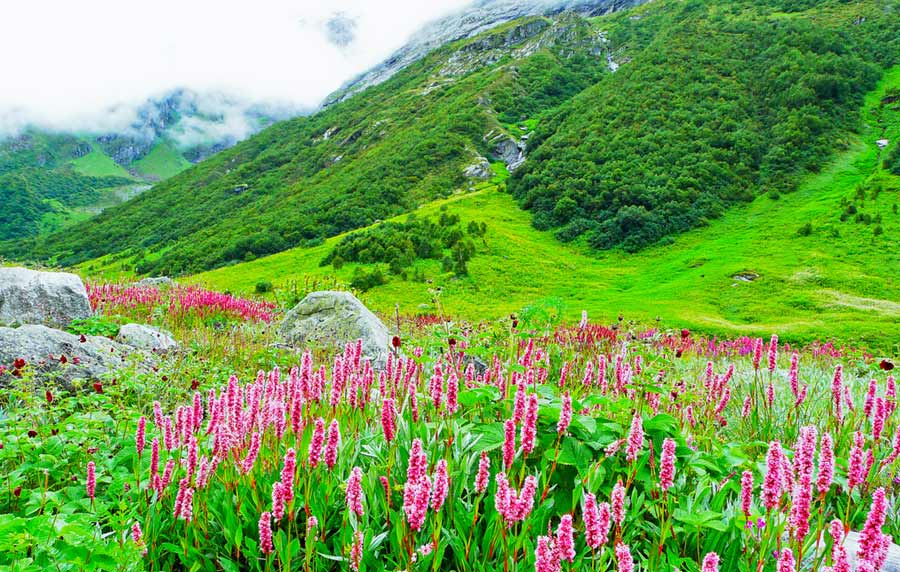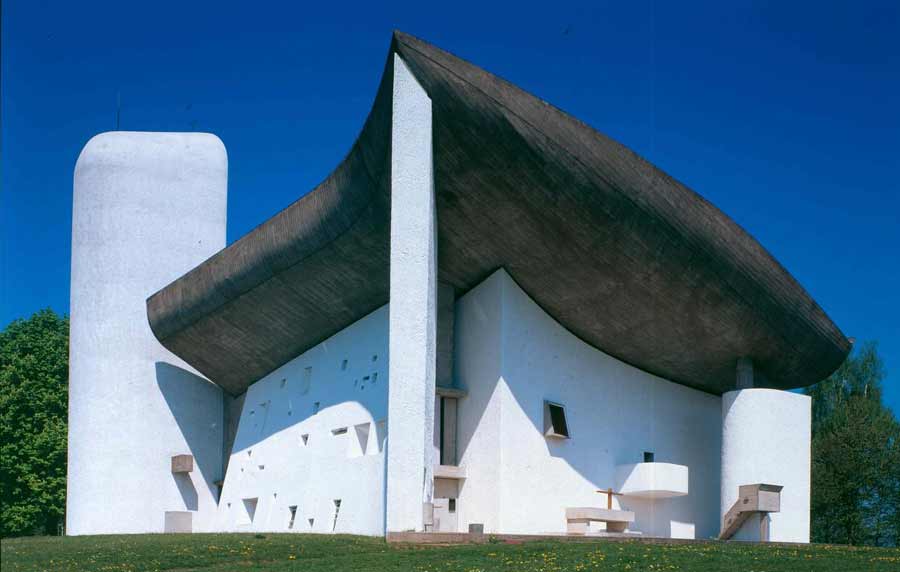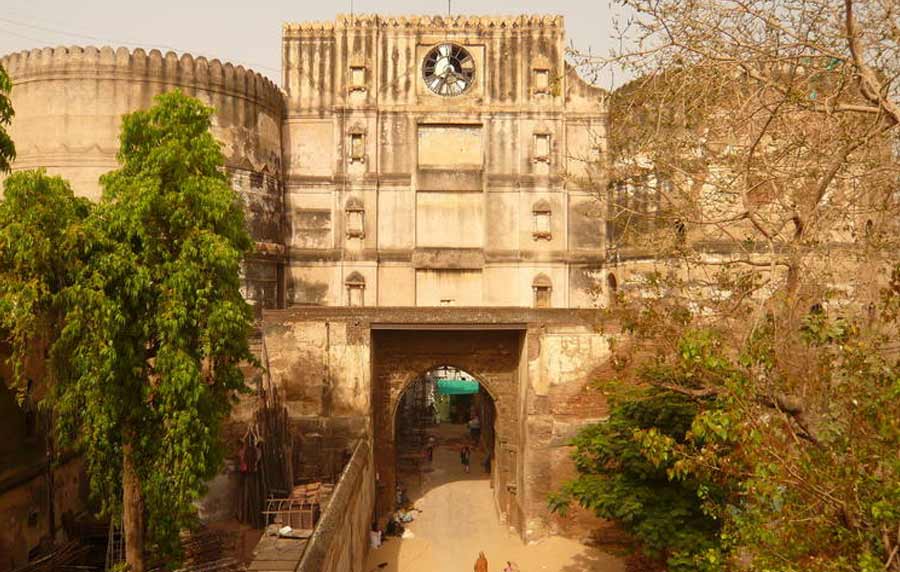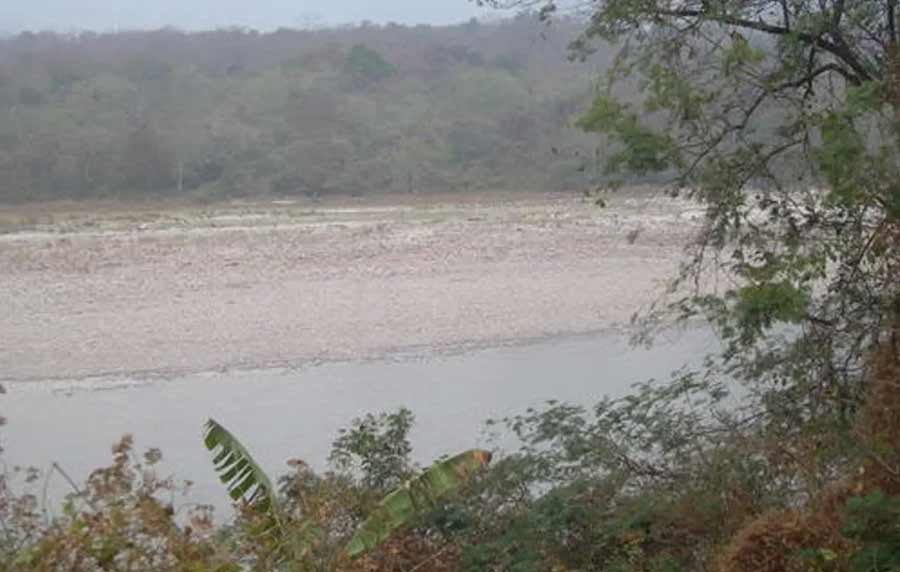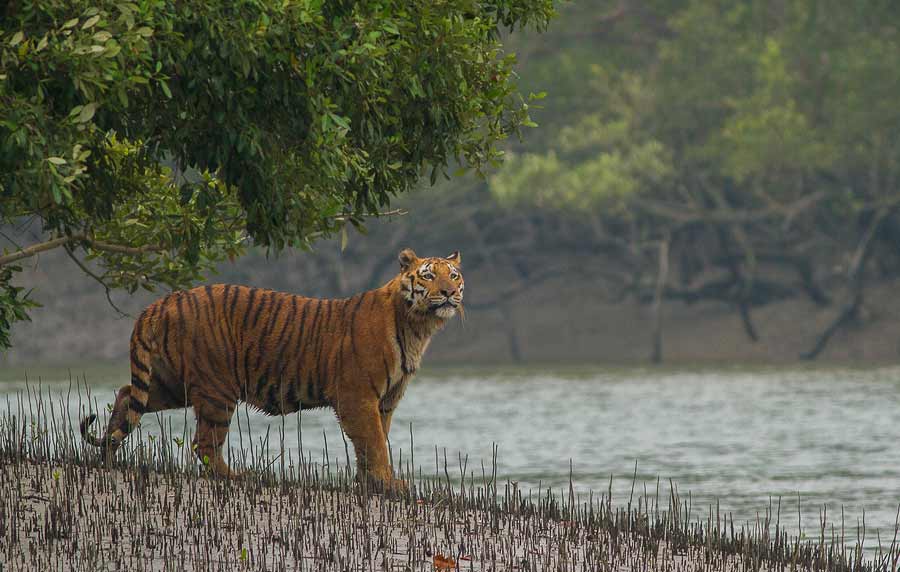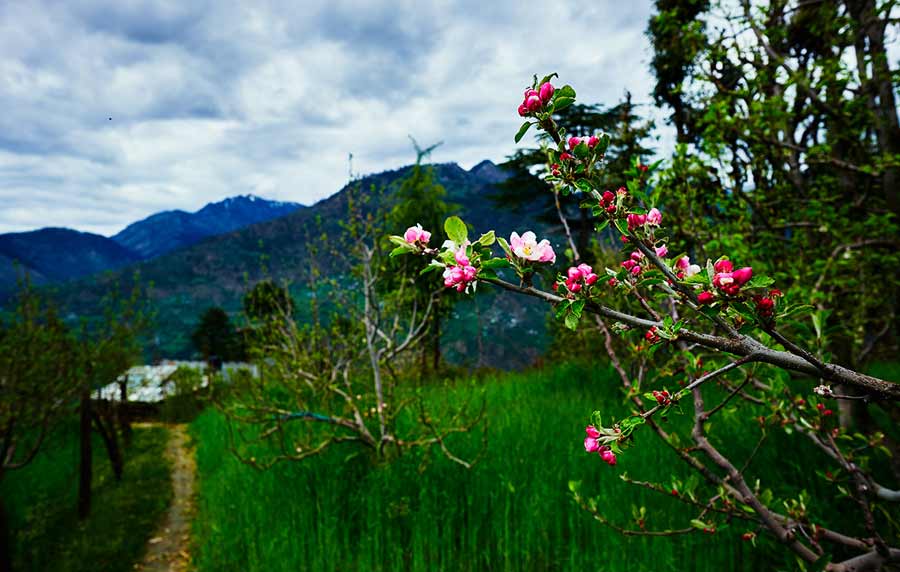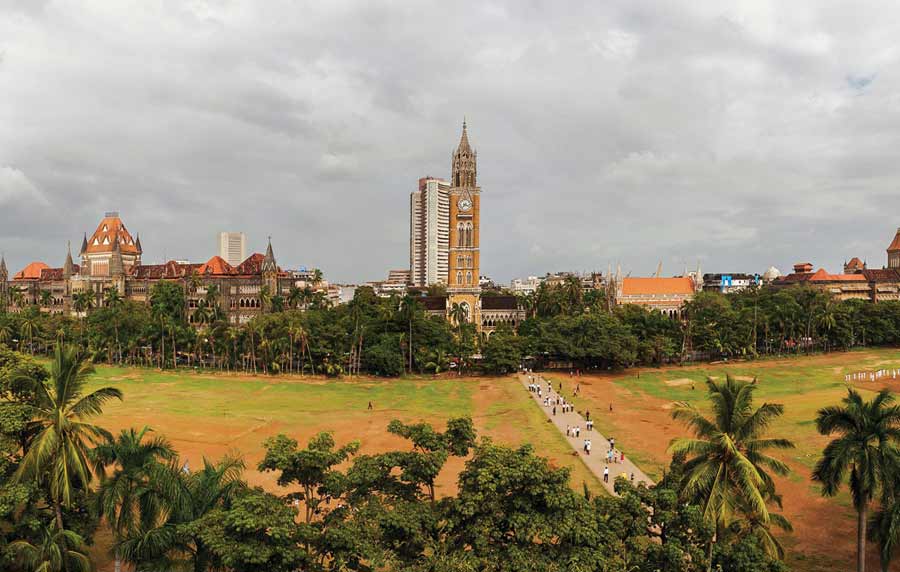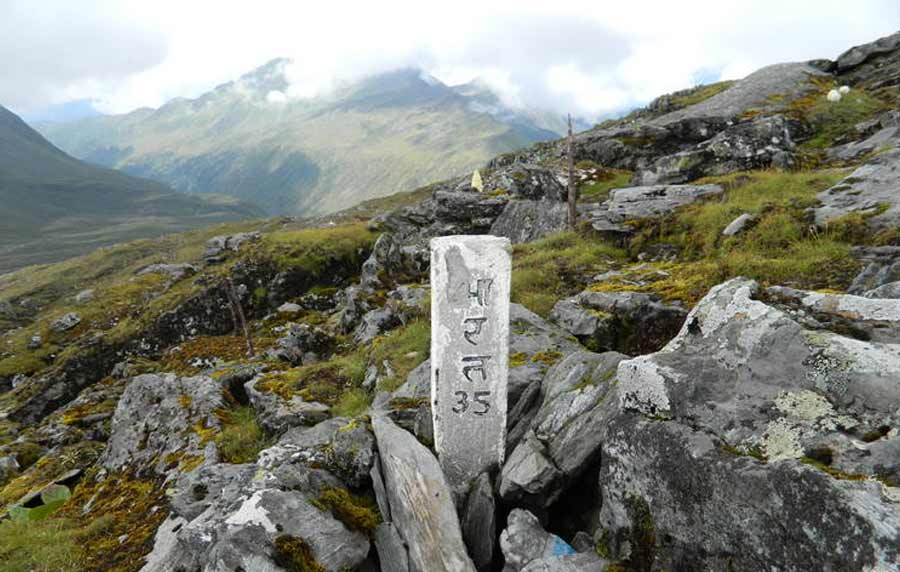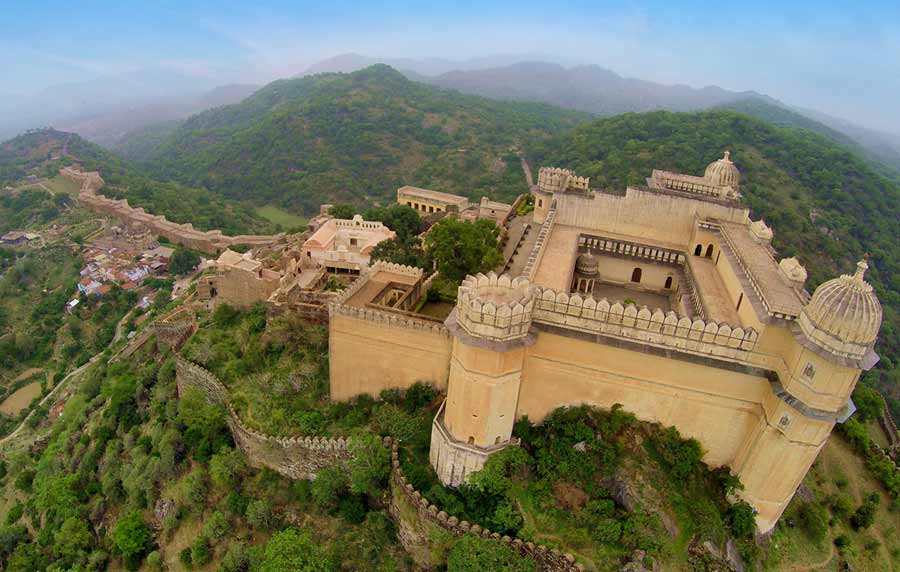Ajanta Caves
Ajanta cave is a name collectively given to a group of about 30 rock-cut Buddhist cave monuments. The caves are situated in Aurangabad district of Maharashtra. The Ajanta caves are given the status of UNESCO world heritage site since 1983 and are also protected under the care of Archaeological Survey of India. The Ajanta caves consist majorly of Buddhist religious art depicting Jataka tales and figures of Buddha. They include both paintings and sculpture which makes it a delightful tourist attraction to visit. The Ajanta caves are carved out from the side of a solid rock which is on the southern side of a U-shaped gorge made on the small river called Waghur. The caves form a horse-shoe shape. The degree of skill, originality, and creativity with which they are built is commendable.
The Ajanta Caves in Aurangabad district of Maharashtra, India are 30 rock-cut cave monuments which date from the 2nd century BCE to the 600 CE. The caves include paintings and sculptures considered to be masterpieces of Buddhist religious art (which depict the Jataka tales) as well as frescos which are reminiscent of the Sigiriya paintings in Sri Lanka. The caves were built in two phases starting around 2nd century BCE, with the second group of caves built around 600 CE. It is a protected monument under the Archaeological Survey of India.
Similar to the Elephanta Caves, Ajanta Caves are a group of 31 caves situated 104km from the modern Indian city of Aurangabad. The site is now a UNESCO world heritage site and is considered by most people to be the finest specimens of Buddhist sculptures and art. The caves are supposed to have been built in two phases- the first phase being around 200 BC and the second phase being around 600 AD, although archeologists and scientists vary amongst themselves about the exact time line. The caves depict Jataka Tales, which are also the hallmark of Buddhist ideology.
UNESCO World Heritage Sites India
The United Nations Educational, Scientific and Cultural Organization (UNESCO) World Heritage Sites are important places of cultural or natural heritage as described in the UNESCO World Heritage Convention, established in 1972. There are 37 World Heritage Sites located in India. These include 29 cultural sites, seven natural sites and one mixed site. India has the sixth largest number of sites in the world. Recently, Orchha is enlisted in the tentative list of UNESCO. The Seventh Wonder of the World and a UNESCO World Heritage Site, Taj Mahal is not merely a site that brings us to the pages of history; it is an epitome of true love, brilliant architecture and artistic precision. The white-marble mausoleum was commissioned by Shah Jahan for his wife, Mumta Mahal, way back in 1632. And to complete the masterpiece it took about 22 years and as much as 20,000 artisans.
 +91 9799050299
+91 9799050299 


